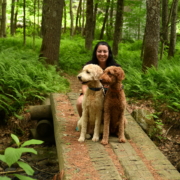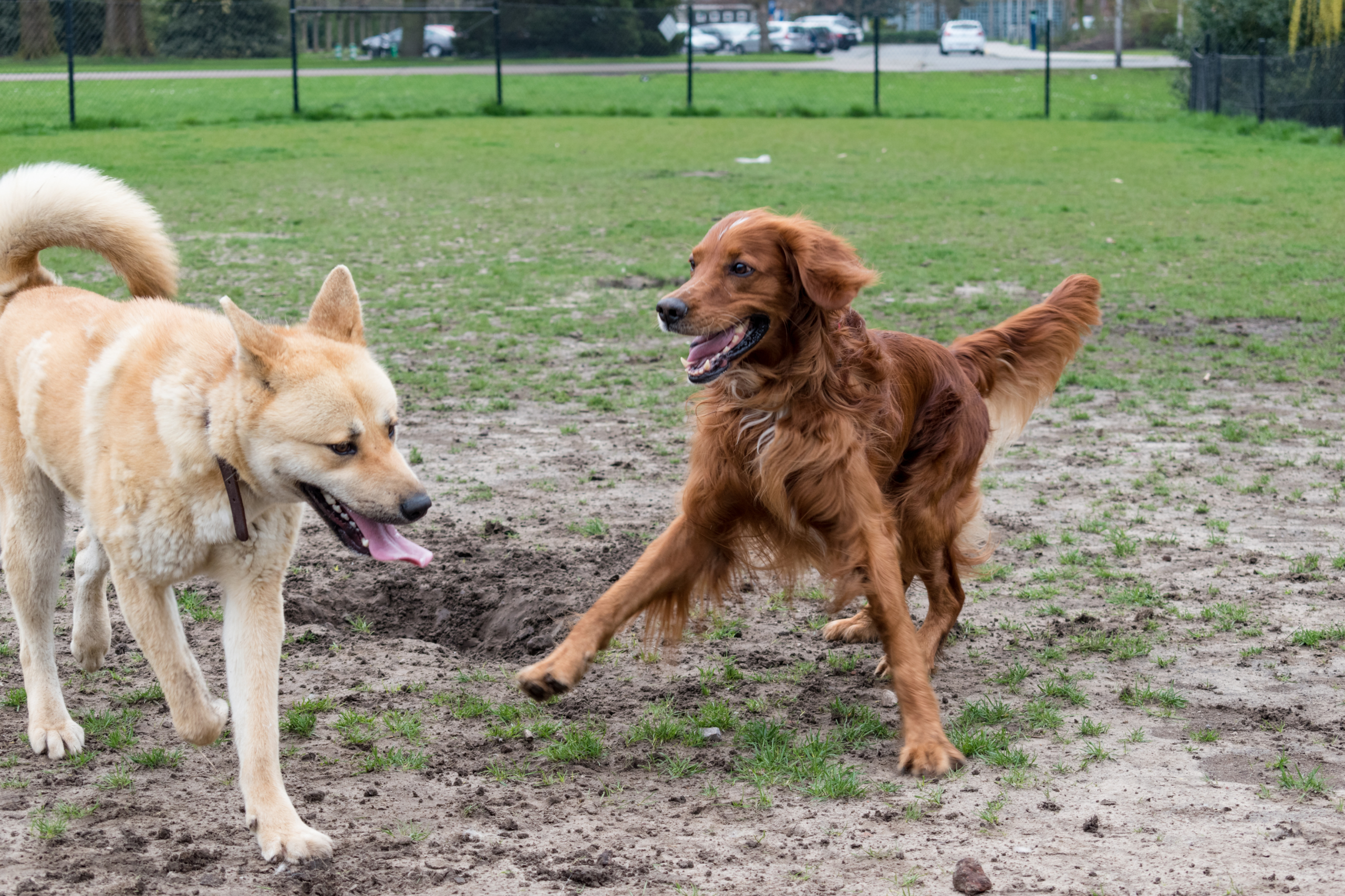 Springtime is right around the corner here in Minnesota and many of us are ready to get out and about now that the weather is more agreeable. From parks to events to coffee shops, there are some wonderful places you can visit and bring your four legged friend with you! Check out our list below of some of our favorite spots to hang with Spot.
Springtime is right around the corner here in Minnesota and many of us are ready to get out and about now that the weather is more agreeable. From parks to events to coffee shops, there are some wonderful places you can visit and bring your four legged friend with you! Check out our list below of some of our favorite spots to hang with Spot.
Parks and Trails
There are so many great parks in Minnesota that it’s hard to pick just a few. We’ve listed our favorites below, but to see all of the dog parks in the Twin Cities, check out Bring Fido’s list. Before you head out, make sure the park or trail you chose is dog friendly (some of them are not) and be sure to bring water for you and your pup and poop baggies to carry out any waste. Orvis has some good tips on trail etiquette for your dog.
- Minnehaha Regional Park is a great location in the Twin Cities to wander with your pup. The park has a beautiful waterfall, several miles of trails, a great seasonal restaurant, and even an off leash dog park (requires a permit or day pass). Keep in mind that dog park is not fully fenced and abuts the Mississippi River, so if your pup does not have good recall or doesn’t like water, this may not be the best park for you.
- The Chain of Lakes has 15 miles of pedestrian (and dog!) trails along several lakes including Lake of the Isles, Bde Maka Ska, and Lake Harriet. The trails are a part of the Grand Rounds National Scenic Byway and for most of the path you and your pup will be feet from the lakes with a lovely view of the water and the Minneapolis skyline.
- Elm Creek Park Reserve is part of the Three Rivers Park District. It’s over 4,800 acres and contains numerous paved trails for dog walking, picnic areas, a fully fenced dog park (with separately fenced in pond area), and a water park and playground (although those are not dog friendly).
- The Superior Trail is Minnesota’s premier hiking trail. It is broken up into 3-11 mile long sections, so you can complete however much or little you’d prefer with your pup. Check it out for a fun weekend adventure with your four legged friend.
Also, all of Minnesota’s state parks are dog friendly and many have some great trails. Just be sure to keep your pup on a 6 foot leash and clean up after them. Check out Sidewalk Dog’s list of best dog friendly state parks here.
Shops and Restaurants
- Craft & Crew is one of the most dog friendly restaurant groups in the Twin Cities. All of their restaurants (Stanley’s NE Bar Room, The Block, Pub 819, Duke’s on 7, and The Howe) have dog friendly patios with yoga mats and water bowls for your pup’s comfort. They even have a doggie menu in case your pup is a bit peckish!
- Nadia Cakes is our go to spot for sweet treats for you and your pup. Their pupcakes are made with yogurt, peanut butter, apples, bananas, rice flour, and cream cheese. They come in regular and mini sizes, so no matter how big or small your pup is, they can enjoy a treat alongside you!
- Birchbark Books welcomes pets inside with pats and the occasional treat for your four legged friend. Their passionate and friendly staff are a wonderful complement to their focus on native books and handmade art (this is a teaching bookshop).
- Seven Points is a shopping mall in Uptown where all of the common areas are dog friendly. With plenty of pet friendly patios and some stores that welcome your pet inside, you’ll find that window shopping with your furry friend is great fun!
Breweries and Distilleries
- Lake Monster Brewing Company is dog friendly inside and out! Your pup can join you on the patio or inside their spacious taproom while you sample local brews and check out whichever food truck is visiting.
- Twin Spirits Distillery is both a distillery and a coffee shop. Dogs are welcome on the covered patio, so stop by for a cocktail and bring your four legged friend.
- For those of you who aren’t fans of beer, Sociable Cider Werks allows well behaved pups to visit both indoors and outdoors. With a large parking lot and plenty of space, Sociable often hosts fun events and food trucks to entertain you and your pup as you sample the ciders.
- Unleashed Hops and Hounds is a unique combo of dog park, bar, and eatery. Bring your vaccinated pup to romp in their indoor and outdoor play spaces while you enjoy a drink and a snack. Unleashed often has themed events like Pups and Pizza Date Night or Drink for Dogs.
For a complete list of all dog friendly breweries, distilleries, wineries, and more visit Sidewalk Dog. Check out their Brewery Pass for free beers at over 40 Minnesota locations as well!
Dog Friendly Events
- Mpls Pet Market pops up at Unleashed Hops and Hounds many weekends throughout the spring and summer. With plenty of vendors ranging from doggie treats and toys, pet wear, trainers, and more, there’s always something to peak your (and your pet’s) interest!
- All About Dogs Day at the Minnesota Landscape Arboretum is a great time for you and your pup to check out the beautiful trails, snap some cute summer photos, and attend the Dog Expo with a variety of vendors. This year’s event is on June 4th so be sure to register ahead of time.
- Run for Beer with the Minnesota Brewery Running Series covers a full season from April through December at a huge number of breweries around the Twin Cities and beyond. As long as your pup is on a 6 foot lead and is well behaved in crowds, he or she can run each race with you. But the beer at the end of the race is only for the humans!
These are just a few of our favorite places to go with our pets. There are many more in the Twin Cities and all over Minnesota, so get on out there for some pup friendly adventures!

